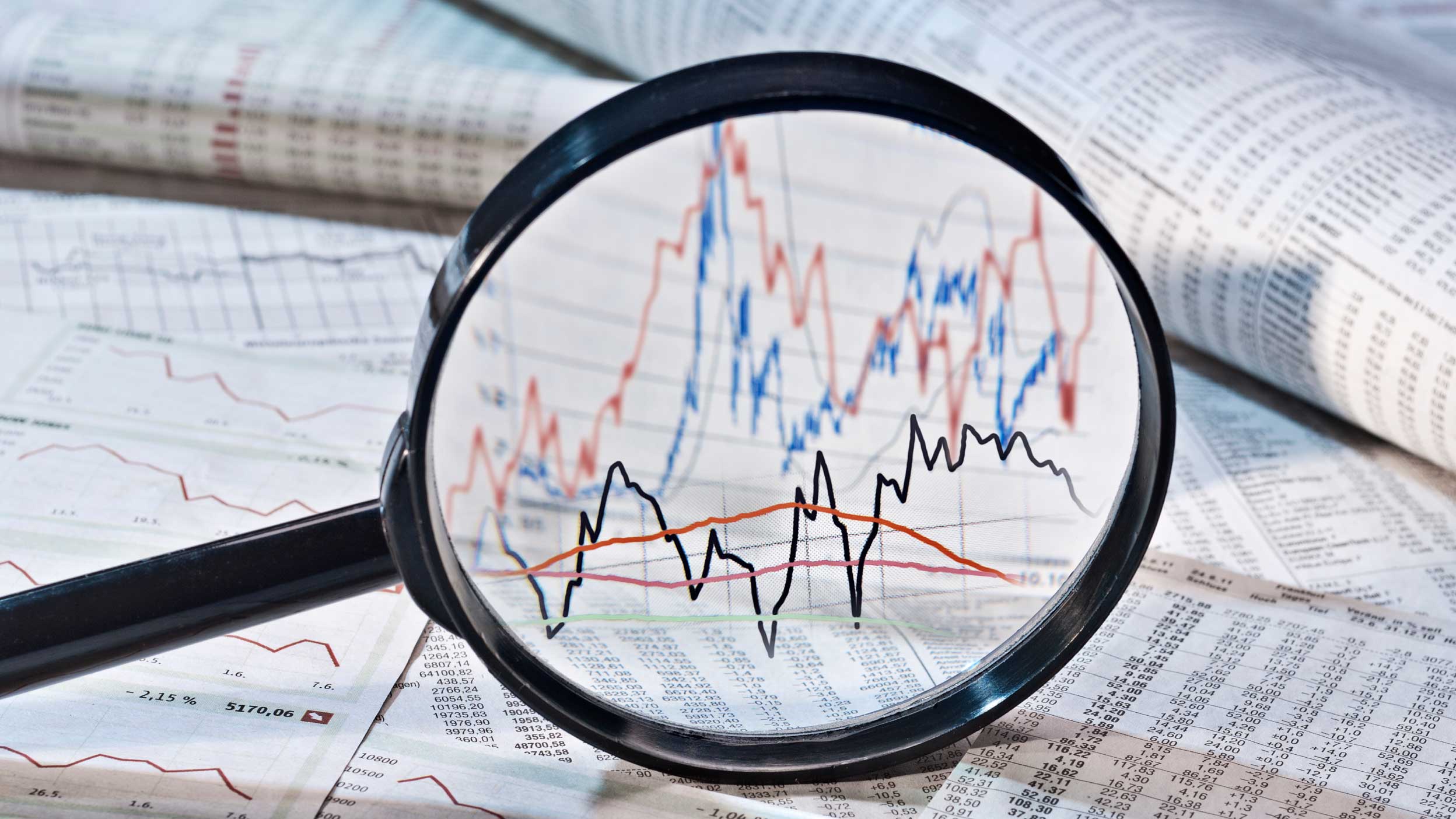Keep an eye on …
How governments of the countries that are most severely impacted by the “reciprocal” trade tariffs react, either with their own countermeasures or possibly making concessions to the US. Further escalation in trade wars would probably be the worst-case scenario. Expect a fair amount of “sabre rattling” in the coming weeks but also watch out for the actual response by both governments and individual companies. We have already seen some countries reduce tariffs placed on the US and also some global corporations commit investments in the US. How this all plays out will take time.
Economic data will also be key, as the Fed and other central banks will need to make critical decisions amid what is likely to be a great deal of noise in the coming months. Watch out for signs on the US economy in particular, including the jobs market, inflation, and confidence from both consumers and businesses. These could impact the USD, bond yields, interest rates and gold.
Investment in gold could also be important, not only if the gold price continues to climb, but also for the reaction by investors on any price dips. Technical indicators suggest gold is in overbought territory, so it wouldn’t be a huge surprise to see downward moves at least for short periods. Look out for whether investors are buying on the dip and also for continued central bank purchases.







